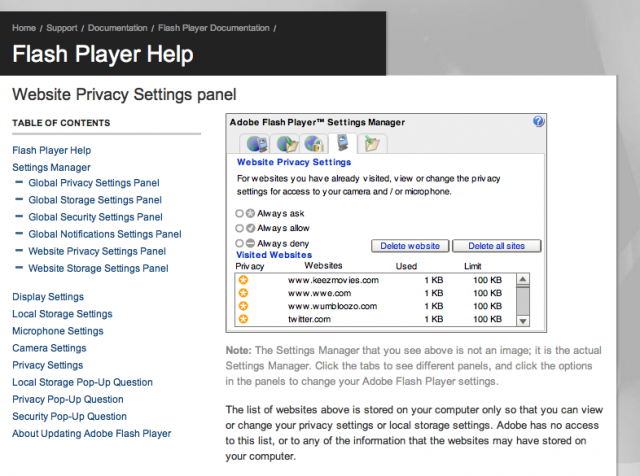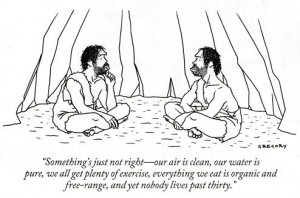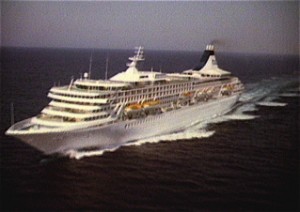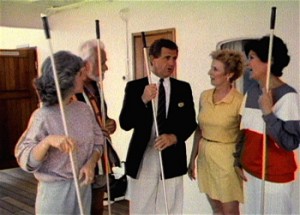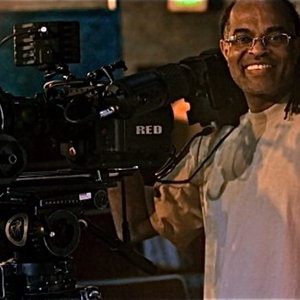In Social Media Marketing an Hour a Day, Dave Evans remarks on one of the reasons a company wouldn’t want to start an online social networking campaign. Not enough happy customers! In the online world, it takes seconds to share information with hundreds, even thousands of millions of people. If your  customers mostly don’t have good things to say about your service or product, opening the door to social media and the uncontrolled conversations that occur online could be costly.
customers mostly don’t have good things to say about your service or product, opening the door to social media and the uncontrolled conversations that occur online could be costly.
Because small business owners tend to do a lot of the work themselves, and the customers often have direct access to the owner, it usually is easier to get good service. Even custom service. The result is that the customer tends to be happier and there is a better chance customers will be become Brand Advocates. Compare this to a franchised operation! The whole reason for franchising is so you can make a ton of money, in most cases. Customized service tends to be a little lower on the list of priorities.
Ok, so as a small business owner you probably have more happy customers than your larger competitors. And this is where your edge is over big business when it comes to corporate social media. The big companies tend to forget about the past customers and all of their efforts are on gaining new ones. A great example of this are cell phone companies that give the best deals to the new customer, leaving their long-term customers out in the cold.
Why is this an edge for you? Well, because in the case of a small business with a high ratio of happy customers, the customers can do the heavy lifting for you in the “new customer” department. Remember, we are talking about happy customers here. This edge doesn’t exist if your customers are mostly unhappy with your services. The happy customers, however, by blogging and tweeting about their experiences, can affect the new customer’s opinion and decision to buy. Do you research a purchase on Google before you commit? Well, so do your customers!
Here’s a really simple strategy almost any business owner can use:
1. Create a Facebook Fan Page for your business.2. As you come into contact your leads, prospects and customers like you normally do, work out a way to capture their email address with the purpose of inviting them to your Fan Page. This could be as simple as a sheet of paper on a clip board for their name and email address. Tip: When a customer is interested but declines to purchase “right now”, mention you have a Fan Page on Facebook. 9 times out of 10 they are on Facebook and will agree to be sent a link to the Fan Page.
3. Schedule time each week or each month to email the Fan Page URL to these specific customers.
4. Keep updating the content on the Fan Page with news, photos, event dates, etc. Make sure to add the “Reviews” application to the Fan Page!
5. Ask customers to write reviews and have promotions from time to time that give an incentive for your customers to share your company with their friends. Facebook has applications for that too. Actually, getting reviews also provides you with invaluable data along the lines of consumer analysis that can provide vital information for future promotional campaigns.
A really, really good reason to have a Facebook Fan Page for your business is because it is completely indexed by Google. One of my past clients was only been on the Internet for about 4 months, with just a Fan Page. With minimal content, she started showing up on first page of Google when her product was searched for by name. Ever since we started that Fan Page her phone orders have been steadily increasing as well, mostly from past customers re-ordering.
There is a lot you can do with a Fan page, and it’s free so it’s a good place to start! As long as you keep your customers happy with good service, keep inviting people to join your page, and interact (read, “listen”) with your customers, you’ll find that in most cases, your customers start marketing for you. At the very least, you can improve your ranking on Google.
Having a Fan Page doesn’t mean you should avoid getting proper SEO done, or avoid getting a website or even avoid doing marketing and advertising. All of those tried and true actions are valid and should be done if you can. But if you can’t afford them, Facebook Fan Pages are a great way to get started.
Anyway, the point is, as a small business owner you have something the big guys don’t have. YOU. As long as your customers can easily “share” you with their friends (who are likely in the same demographic as your customer!), they can pioneer in areas you couldn’t reach for lack of a budget or other reasons. I can’t think of any other medium where it’s easier to share than Social Media and online Social Networking. Ok, maybe preschool. But 4 year olds are probably not the right demographic!
Need a better understanding of the basics of enterprise social media? Check out my free webinar below:

